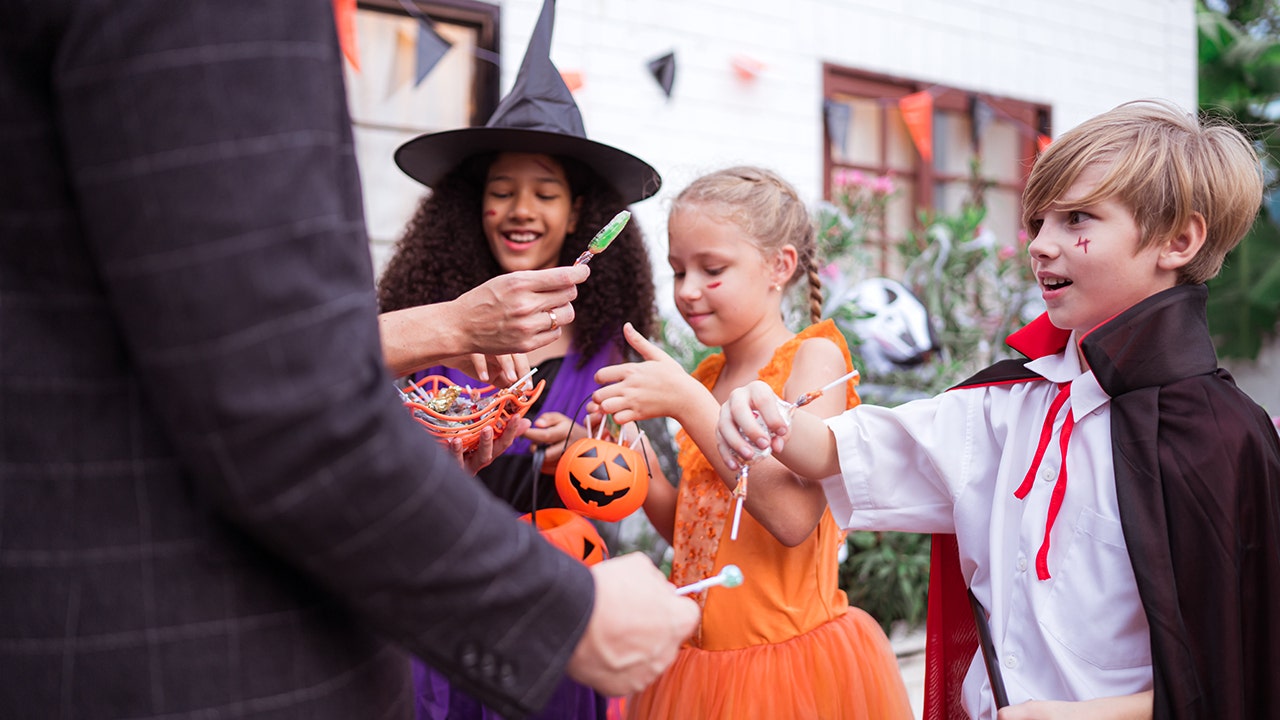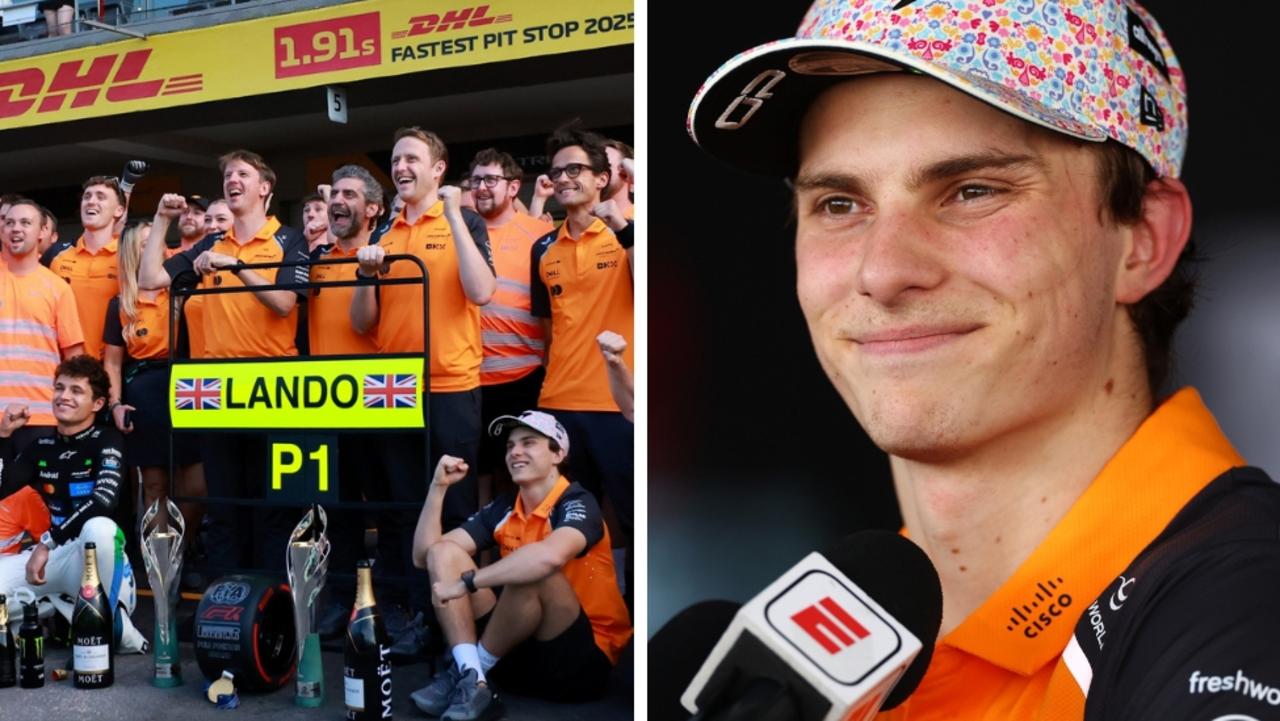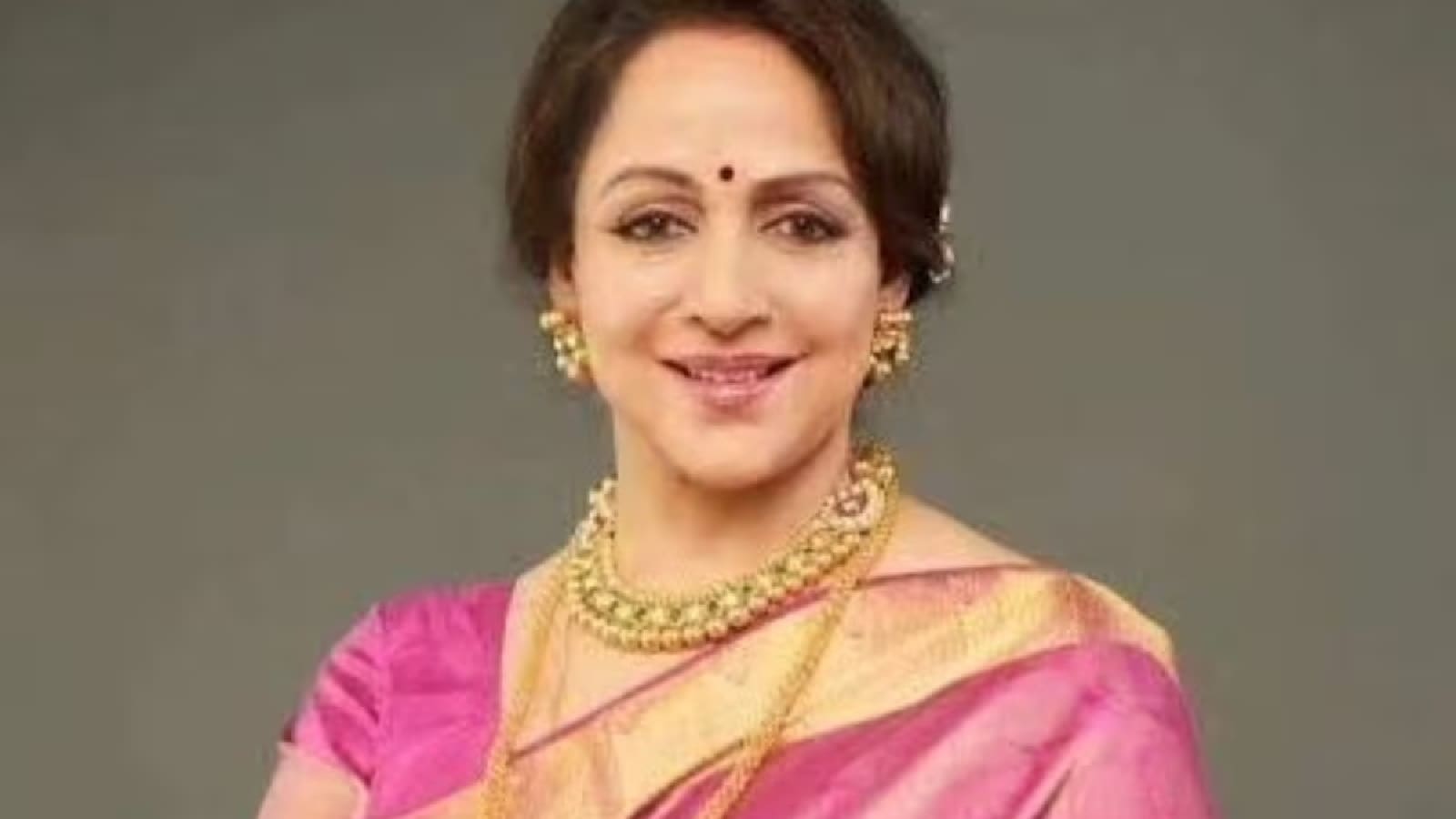Copyright foxnews

Even as Halloween candy takes a bigger bite out of wallets this year, Americans aren't letting higher prices spook them out of stocking up. The cost of chocolate has surged nearly 30% since last Halloween. It's up almost 78% from five years ago, according to Circana and the Bureau of Labor Statistics, while candy and gum overall have climbed 39% since February 2020. A FinanceBuzz study found that a 100-piece bag of assorted Halloween candy now averages $16.39, up from $9.19 in 2020. PUMPKIN BREAD CRUSHES THE COMPETITION AS FALL FAVORITES ARE REVEALED ACROSS AMERICA In addition to new tariffs and broader grocery inflation, experts say a global cocoa shortage tied to poor harvests and climate shifts in West Africa has sent cocoa prices soaring. Candy makers are responding by shrinking bars and experimenting with new products, including fruit-flavored, sour, chili-coated, goo-filled and freeze-dried sweets, as well as more cocoa-free white chocolate and crème options — and candy corn, of course. "We're seeing a lot more fillers going in," Wells Fargo sector manager David Branch told NPR. He said companies are adding more nuts and less chocolate to offset cocoa costs. Nearly 80% of Halloween shoppers expect to pay more this year, according to the National Retail Federation (NRF), and recent e-commerce data suggests practicality is driving candy picks. GROCERY BILLS IN AMERICA: HERE ARE THE MOST AND LEAST EXPENSIVE CITIES Research from Omnisend, which analyzed Amazon candy sales using Jungle Scout, found that hard candy and mixed bags are now outpacing chocolate. The e-commerce data firm said variety packs account for about one-third of all candy sales, followed by hard candy, which has become the second-biggest moneymaker on Amazon. "It’s not about what kids want — it's about what adults are buying," Marty Bauer, an e-commerce expert at Omnisend, told Fox News Digital. "Hard candies and mix bags are overtaking chocolate because they stretch further and don't melt. This year, favorite flavors seem to be taking a backseat to practicality." Over half of Americans say higher candy prices are changing how much they plan to spend this Halloween, according to FinanceBuzz. Experts and shoppers also note that bags are shrinking, The New York Times reported. TEST YOURSELF WITH OUR LATEST LIFESTYLE QUIZ On Reddit, shoppers have shared their frustration about prices, with one user lamenting that a "huge bag" that used to cost $6 now sells for nearly $23. Others said they're mixing cheaper hard candy with chocolate or seeking out alternatives. "Instead of Halloween candy, I'm choosing to hand out bags of microwaveable popcorn," one user said. "Found a deal for 32 bags for $9." Even with sticker shock, Americans are still shelling out. The NRF projects record Halloween spending of $13 billion, including $3.9 billion on candy alone — up from last year's high. Average spending per person is expected to reach $114.45. CLICK HERE TO SIGN UP FOR OUR LIFESTYLE NEWSLETTER Chocolate and candy play an important role in holidays, especially the four biggest ones: Valentine's Day, Easter, Halloween and the winter holidays, which together accounted for 62% of all confectionery sales last year, according to the National Confectioners Association (NCA). "Even as consumers face higher prices for food, they continue to leave room in their budgets for chocolate and candy, meaning that the category is strong, vibrant and growing," the NCA told Fox News Digital, adding that 84% of Americans who welcome trick-or-treaters this year plan to hand out chocolate and candy. CLICK HERE FOR MORE LIFESTYLE STORIES "Halloween is no longer just a single day but an entire season of celebration," said Peter Ramer, senior consumer products analyst at RSM US. "Consumers are actively choosing to prioritize this experience despite uncertainty." Peanut butter cups continue to dominate as the top Halloween candy, while gummies are climbing in popularity among younger generations, data show. Candies made with natural colors and less sugar are also gaining traction — up 54% this year — though experts say it's still a small part of the market. CLICK HERE TO GET THE FOX NEWS APP Ramer said the trend could preview the rest of the holiday season. "When consumers demonstrate willingness to spend record amounts on a discretionary holiday despite tariff concerns and economic uncertainty, it signals strong underlying consumer sentiment and prioritization of celebrations and experiences."



